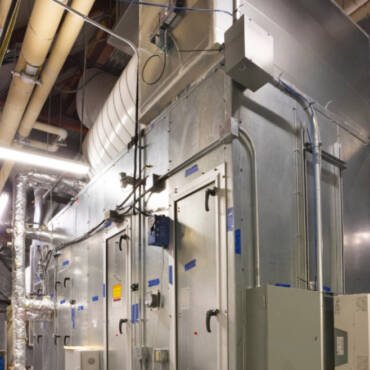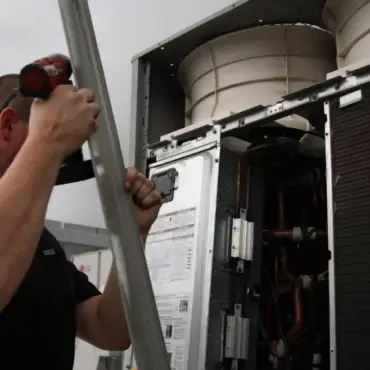When The ACHR NEWS published the article What Comes After R-454B and R-32? earlier this summer, it exploded in readership — tens of thousands of page views in just a few days. That level of traffic is telling. Contractors are not just curious about what’s next — they’re worried. After grappling with the rocky rollout of A2L refrigerants, the idea of another transition already looming has many asking, Are we really going to do this all over again so soon?
And their concern is justified. While R-454B and R-32 represent a major step down in GWP from R-410A, they are likely not the end game. Global and state climate policies continue to push for deeper reductions, and refrigerant manufacturers are already investing in the next generation of ultra-low-GWP options. In other words, the clock is ticking on the very refrigerants contractors are just now learning to handle.
Contractors don’t have to look far to see why this matters. The shortage of aftermarket R-454B cylinders this summer left many techs scrambling, delaying installs and repairs. As one distributor bluntly told us earlier this summer: “Nobody has R-454B cylinders, and if they do, they’re price gouging. And of course, the end user is the one who really gets screwed in the whole deal.” That frustration is real, and it colors how contractors think of what comes next.
Meanwhile, refrigerant makers, including Arkema, Orbia, and Chemours, are candid about the fact that new solutions are already in the pipeline and R&D efforts are well underway. As Arkema’s Kris Crosby noted in the article, “Developing new refrigerants is a highly complex process that requires balancing desired properties, performance in systems, environmental impact, and safety.” That takes time.
But more change is likely. As Sarah Kim, of Orbia, noted, “Achieving significantly lower GWP levels will likely require tradeoffs that go beyond those seen in the move from R-410A to R-32 or R-454B. These may include the adoption of refrigerants with higher flammability, lower fluid densities, and increased temperature glide. As a result, substantial system redesigns could be necessary, particularly in the areas of heat exchanger design, control strategies, and overall system architecture.”
Propane (R-290) often gets attention as an ultra-low-GWP option, especially in Europe. That’s not practical for the U.S. residential HVAC market, as UL safety codes limit indoor charges to just 114 grams. That is far below what’s needed for ducted systems, which are the bread and butter of the U.S. market. Until standards are significantly updated, the use of A3 refrigerants like R-290 will remain confined to small-charge or packaged systems, but they’re not practical for residential comfort cooling in the U.S.
Perhaps the biggest challenge hasn’t been the refrigerants themselves, but the uncertainty surrounding them. The EPA’s decision earlier this year to reconsider its Technology Transitions rule left contractors, distributors, and OEMs in limbo. Some contractors had hoped the agency might allow continued manufacturing of R-410A HVAC equipment — but that was never part of the plan.
Looking for quick answers on air conditioning, heating and refrigeration topics?
Try Ask ACHR NEWS, our new smart AI search tool.
Ask ACHR NEWS
Instead, the EPA is proposing to remove the installation compliance date for residential and light commercial air conditioning and heat pump systems, provided the components were manufactured or imported before January 1, 2025. That move would help facilitate the sell-through of remaining R-410A inventory, although most contractors report that there isn’t much left on the shelves.
A2L refrigerants like R-454B and R-32 were never meant to be the final solution, and another refrigerant transition is inevitable. However, whether it is smooth and sustainable — or chaotic and costly — depends on decisions being made now. If the industry can’t deliver clarity and coordination next time, contractors may finally lose patience — and trust. And that’s a loss the HVACR industry can’t afford.
Whether you require installation, repair, or maintenance, our technicians will assist you with top-quality service at any time of the day or night. Take comfort in knowing your indoor air quality is the best it can be with MOE heating & cooling services Ontario's solution for heating, air conditioning, and ventilation that’s cooler than the rest.
Contact us to schedule a visit. Our qualified team of technicians, are always ready to help you and guide you for heating and cooling issues. Weather you want to replace an old furnace or install a brand new air conditioner, we are here to help you. Our main office is at Kitchener but we can service most of Ontario's cities
Source link



